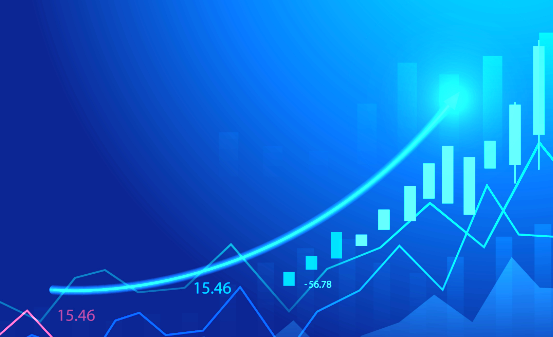
In the last decade, industries and governments have set ambitious environmental targets which aim is to achieve supply-chain resilience, reach net zero, reduce waste, at the same time driving productivity, innovation and economic stability. Whilst some sceptics question the main concept, circular transformation is widely regarded by ecologists and eco-conscious economists as a crucial model for the 21st century. In addition to its environmental benefits, the entire process is inherently ethical and sustainable. However in implementation, many faces numerous challenges when adopting circular models. These include local regulations that do not align with circular economy principles, insufficient infrastructure and technologies, limited availability of necessary data and supply chains, as well as viable business model. Some argues that having to re-use materials and not focusing on product and profitability can limit the nature and ambition of exploration and linear innovation.
Organisations embark on their transformative journey towards sustainability at varying stages. Some may have a well-defined transformation roadmap since decades ago and execute it according to the world dynamics, instead of a strict implementation of remedies of how the future world should have looked. They are the ones who understand the value of digital transformation and embrace it as a significant force of change. Digitalisation can help to break the link between economic activity and the use of natural resources and its environmental effects in the environmental context. By helping to overcome barriers to the widespread adoption of greener business models, digital technologies such as artificial intelligence, blockchain, IoT, and cloud computing facilitate the transition to a more resource-efficient economy along with its delivery.
In other words, digitalisation is a critical tool in the working circular model as it addresses some significant market problems that impede the shift to a resource-efficient economy. The data, information, and expertise generated by digital transformation improve the business case for existing circular transformation operations and enable the development of new circular business models. It makes way for intelligent assets to optimise efficiency. And when all stakeholders within the ecosystem calculate and collaborate to realise the pros of what the enhanced model can bring, limitless linear innovation – moving on from incremental innovation – should be deemed as a necessity and no reasons to be withheld.




